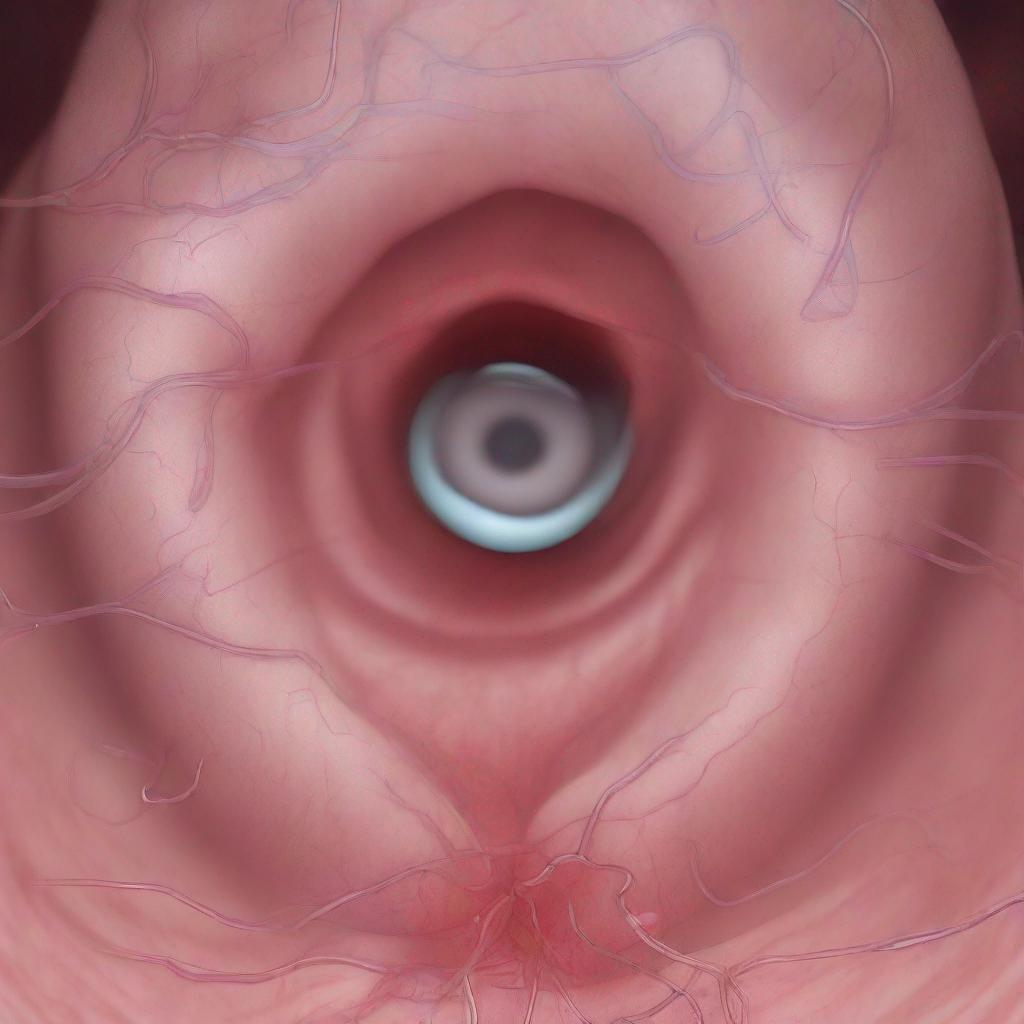## Endoscopic Retrograde Cholangiopancreatography (ERCP): A Comprehensive Guide
### Introduction
Endoscopic retrograde cholangiopancreatography (ERCP) is a medical test that allows doctors to visually examine and treat the biliary and pancreatic ducts. These ducts carry bile from the liver to the small intestine and pancreatic juices from the pancreas to the small intestine, respectively. ERCP is an important diagnostic and therapeutic tool for a wide range of diseases and conditions affecting these ducts.
### Procedure
During an ERCP, the doctor inserts a long, thin tube called an endoscope into the mouth and down the esophagus, stomach, and duodenum. The endoscope has a small camera at its tip, allowing the doctor to visualize the interior of these organs. Once the endoscope reaches the opening of the common bile duct and pancreatic duct in the small intestine, a contrast dye is injected through the endoscope, which highlights the ducts on X-ray images.
### Diagnosis
ERCP can help diagnose various conditions, including:
* **Biliary dyskinesia:** Abnormal movement of the sphincter of Oddi muscle
* **Cholangitis:** Infection of the bile ducts
* **Cholecystitis:** Inflammation of the gallbladder
* **Choledocholithiasis:** Stones in the common bile duct
* **Common bile duct stones:** Stones in the common bile duct
* **Pancreatitis:** Inflammation of the pancreas
* **Papillary stenosis:** Narrowing of the opening of the common bile duct or pancreatic duct
* **Postcholecystectomy syndrome:** Symptoms after gallbladder removal
### Importance
ERCP is a valuable test because it provides both diagnostic and therapeutic benefits. It allows doctors to:
* Confirm or rule out suspected ductal abnormalities
* Identify and remove stones from the bile ducts
* Dilate narrowed ducts
* Place stents to keep ducts open
* Collect samples for biopsy or cytology
### Alternatives
In some cases, alternative tests or procedures may be used instead of ERCP, such as:
* **Magnetic resonance cholangiopancreatography (MRCP):** A non-invasive imaging test that uses magnetic resonance imaging (MRI) to visualize the bile ducts and pancreatic duct
* **Ultrasound:** A non-invasive imaging test that uses sound waves to create images of the biliary and pancreatic ducts
### Preparation
Before an ERCP, patients will need to:
* Fast for 8-12 hours before the test
* Avoid taking blood-thinning medications or aspirin
* Inform the doctor about any allergies to contrast dye
### Duration
An ERCP typically lasts for 30-60 minutes. However, the duration may vary depending on the complexity of the procedure. Patients can expect to wait for the results immediately after the test.
### Recommendations
After an ERCP, patients may experience some discomfort or pain. They will be advised to:
* Rest and avoid strenuous activity for the rest of the day
* Drink plenty of fluids to flush out the contrast dye
* Contact the doctor if they experience any severe symptoms, such as fever, chills, or persistent abdominal pain
In some cases, follow-up tests may be recommended to monitor the condition or to assess the effectiveness of any treatments performed during the ERCP. These tests may include MRCP, ultrasound, or repeat ERCP.



